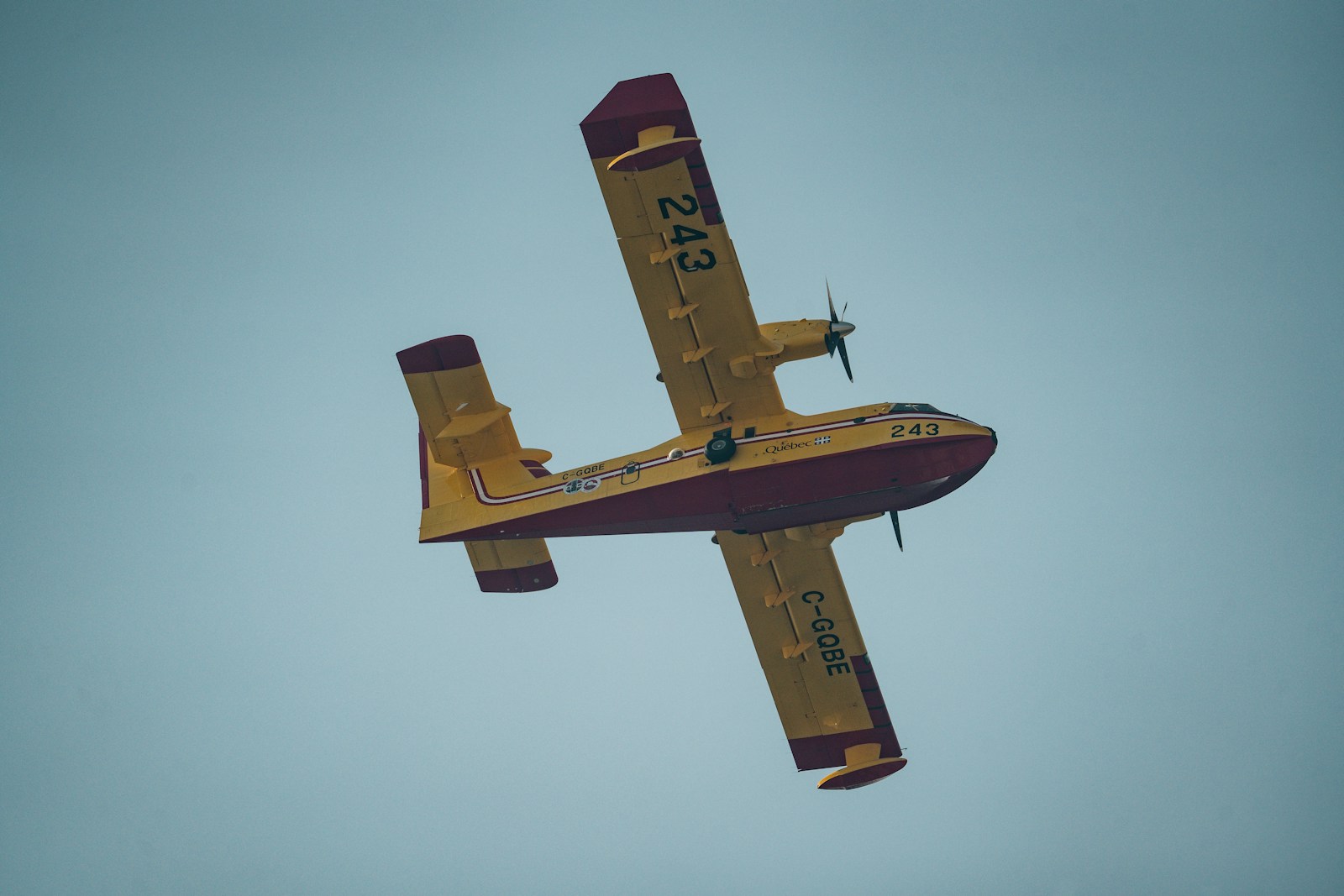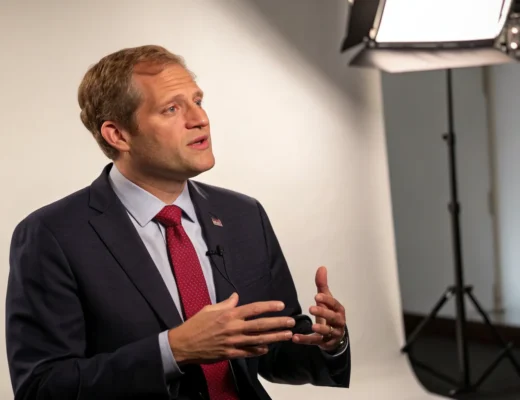Digital Battlefield Emerges
Throughout the conflict, both sides engaged in sophisticated information operations that blurred the lines between fact and fiction. Social media platforms became primary vectors for spreading manipulated content, allowing fabricated narratives to reach global audiences within minutes. Intelligence analysts noted that AI tools were used to generate convincing fake images, videos, and text that appeared authentic to casual observers. These synthetic media pieces were strategically deployed to influence public opinion, demoralize opponents, and confuse international observers about actual battlefield developments. Covert operations teams worked alongside digital specialists to create and amplify messages that supported their strategic objectives. The speed and scale of these campaigns exceeded what has been observed in previous conflicts, suggesting a new phase in military information operations.Social Media Amplification
Social media platforms served as the primary distribution channels for both authentic and fabricated information during the conflict. Military experts observed that automated accounts and coordinated networks helped push specific narratives into trending topics, ensuring maximum visibility. The conflict demonstrated how quickly disinformation can spread across platforms, with false claims often receiving thousands of shares before fact-checkers could respond. Several incidents showed how AI-generated content was particularly effective at evading initial content moderation systems.The conflict represents a concerning evolution in information warfare tactics, where AI tools enable the rapid creation of persuasive false narratives that can influence both civilian populations and international decision-makers.
Technological Sophistication
Military analysts identified several advanced techniques used during the conflict:- AI-generated deepfake videos of military leaders giving false orders
- Synthetic audio recordings mimicking government officials
- Automated text generation systems creating thousands of unique propaganda messages
- Algorithm-driven targeting to reach specific demographic groups with tailored messaging







